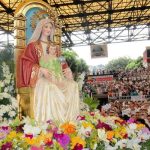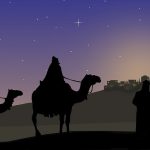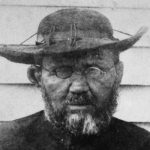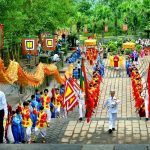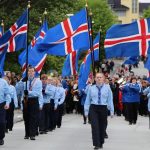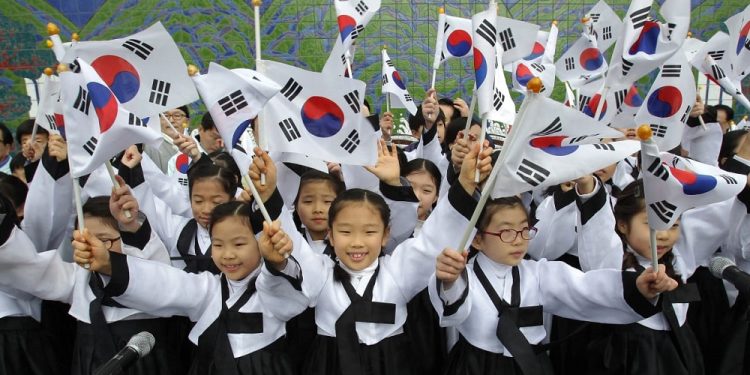
Independence Movement Day
Independence Movement Day, also known as the Samil Independence Movement or the March 1st Movement, is a holiday that commemorates the protests that occurred on March 1, 1919, when Korea was under Japanese occupation. On this day, public demonstrations began in the capital city of Seoul and quickly spread throughout Korea.
This movement featured a Proclamation of Independence and a mass demonstration to try and pressure Japan to end its colonial rule in Korea. Even though the movement failed to achieve the goal of national independence, it is seen as a day that strengthened national unity and drew worldwide attention.
The History of the Independence Movement Day
The Samil Movement arose as a counter-reaction to the colonial occupation of Korea by the de facto military rule of the Japanese Empire. It was inspired by U.S. President Woodrow Wilson’s Fourteen Points speech, given at the Paris Peace Conference in January 1918, that outlined the right of national self-determination. After hearing about President Wilson’s speech, students studying in Tokyo published a statement demanding freedom from Japanese colonial rule.
Matters became inflamed when former Emperor Gojong died under perceived suspicious circumstances on January 21, 1919. Many people believed that he had been poisoned, as other assassination attempts were widely known, and other leaders had been assassinated by Japanese operatives.
On March 1, 1919, at 2 p.m., thirty-three activists who formed the foundation of the Samil Movement convened at Taehwagwan Restaurant in Seoul. They read from the Korean Declaration of Independence, which was created by historian Choe Nam-Seon, and forwarded a copy of it to the Governor-General. Movement leaders also phoned the local police department to inform them of their intentions. As anticipated, they were arrested afterward.
Large crowds gathered in Pagoda Park in Seoul to hear a student named Chung Jae-Yong publicly read the declaration. Crowds began to steadily grow, and Japanese attempts at suppressing the event turned violent. This sparked even more demonstrations, and the end result was that the movement provided a much-needed catalyst for the Korean Independence Movement.
Facts About South Korea
Since the Korean Independence Movement began in South Korea, we thought we’d list some of the facts that we’ve learned about South Korea during the course of our research.
- South Korea is the world leader in Internet connectivity, with 92% of the population online.
- South Korea also boasts some of the world’s fastest Internet speeds.
- Red ink is considered bad luck in South Korea.
- The number “4” is considered bad luck because it is written the same way as the Chinese character for death.
Observing Independence Movement Day
This holiday is observed every March 1st throughout Korea to pay respect to those who fought, protested, and died for the Korean Independence Movement.
On this day, many businesses and government agencies are closed, and the Flag of South Korea is flown by Korean businesses and homes. Many people also participate in concerts, events, activities, and festivals on this day. In Tapgol Park, the Korean Declaration of Independence is read, as it has been since 1919.

